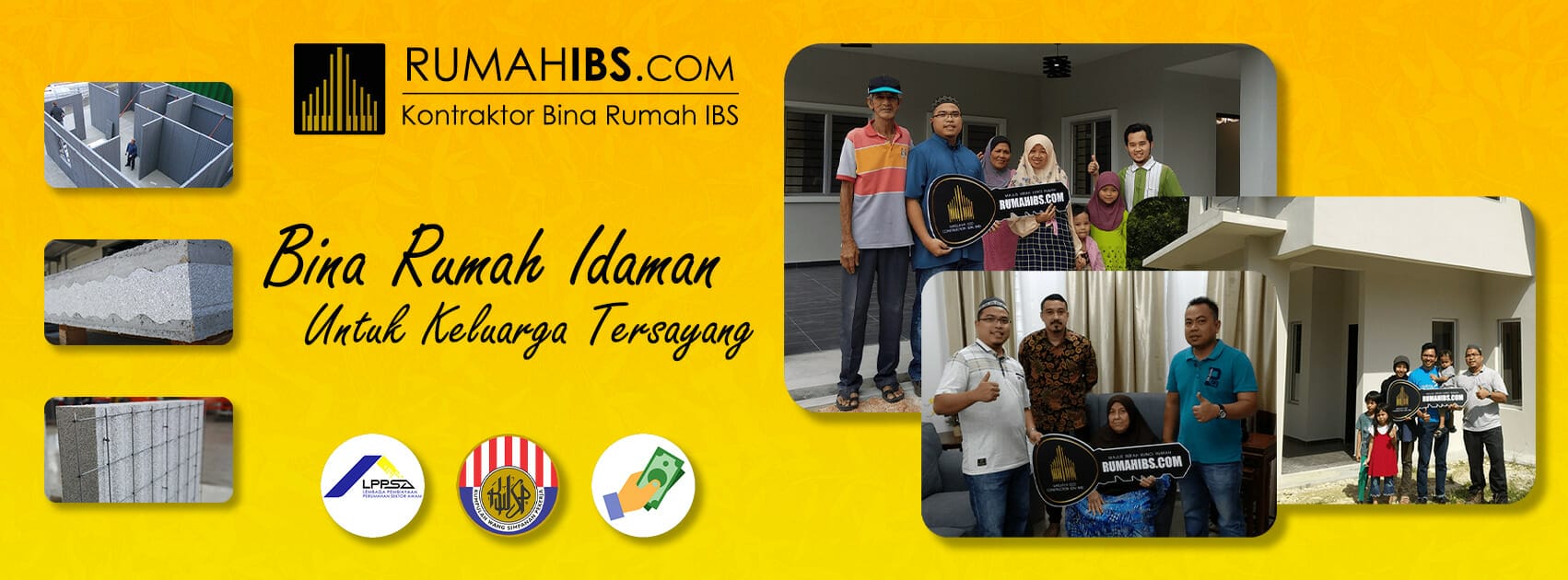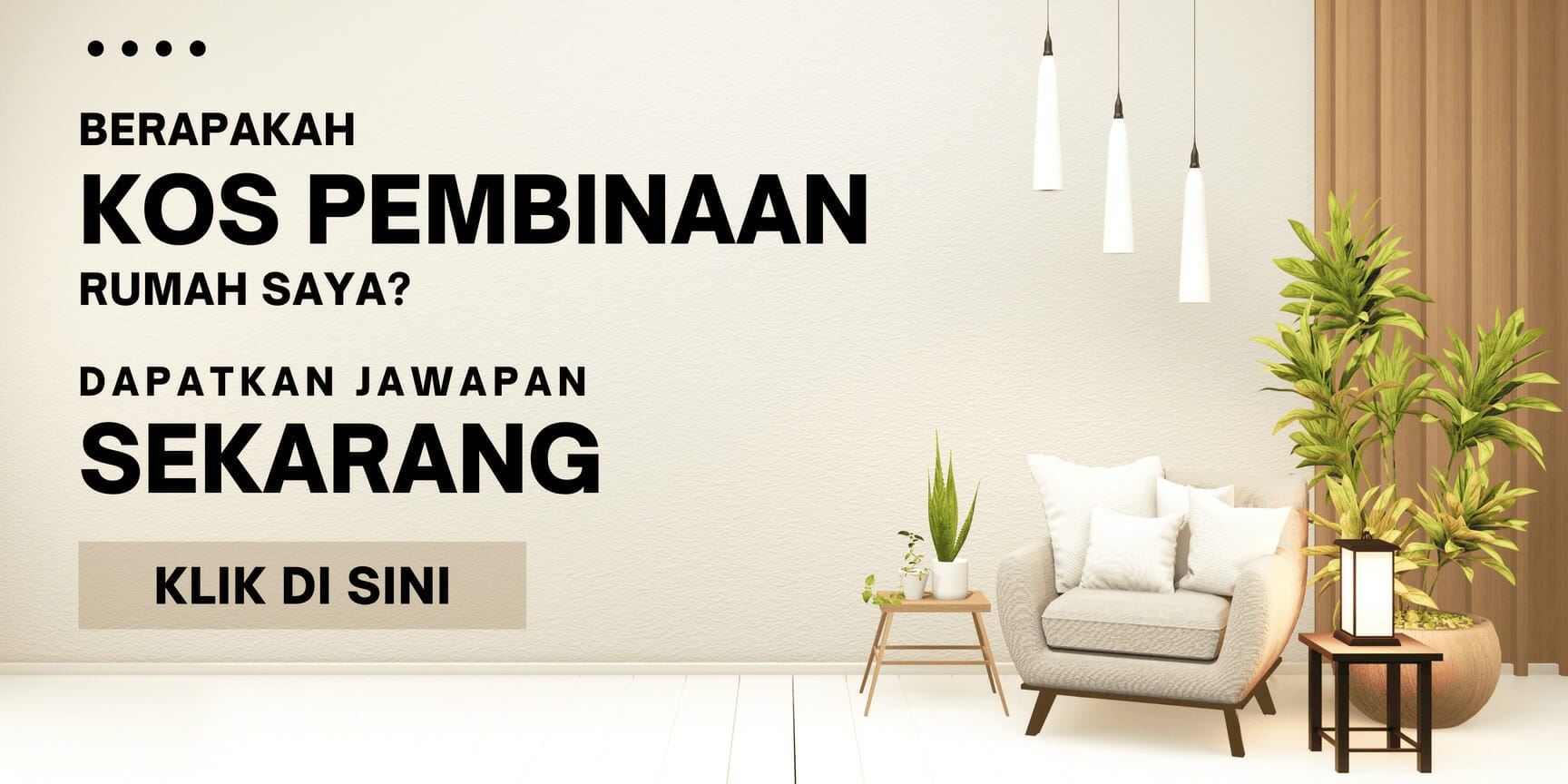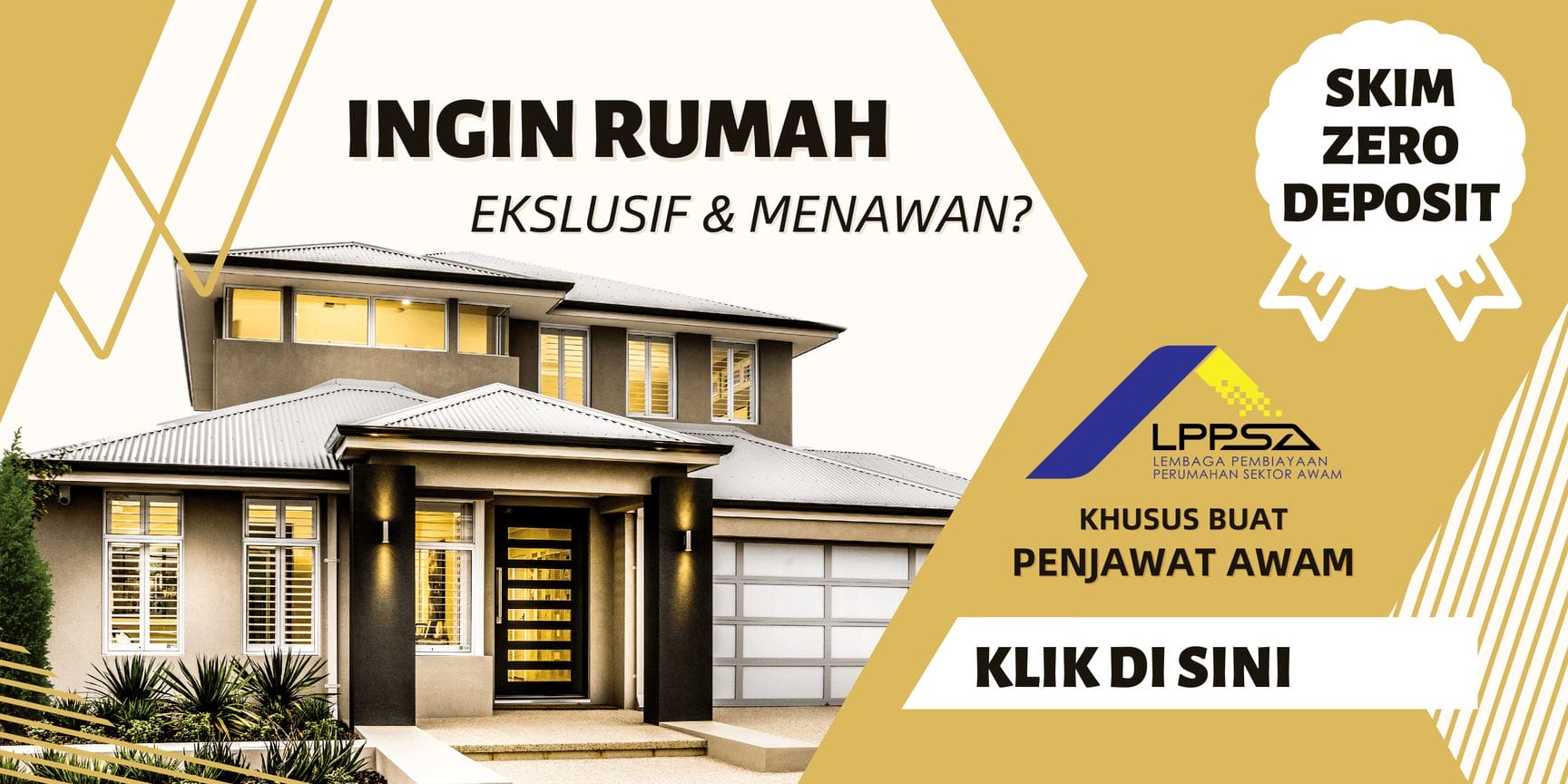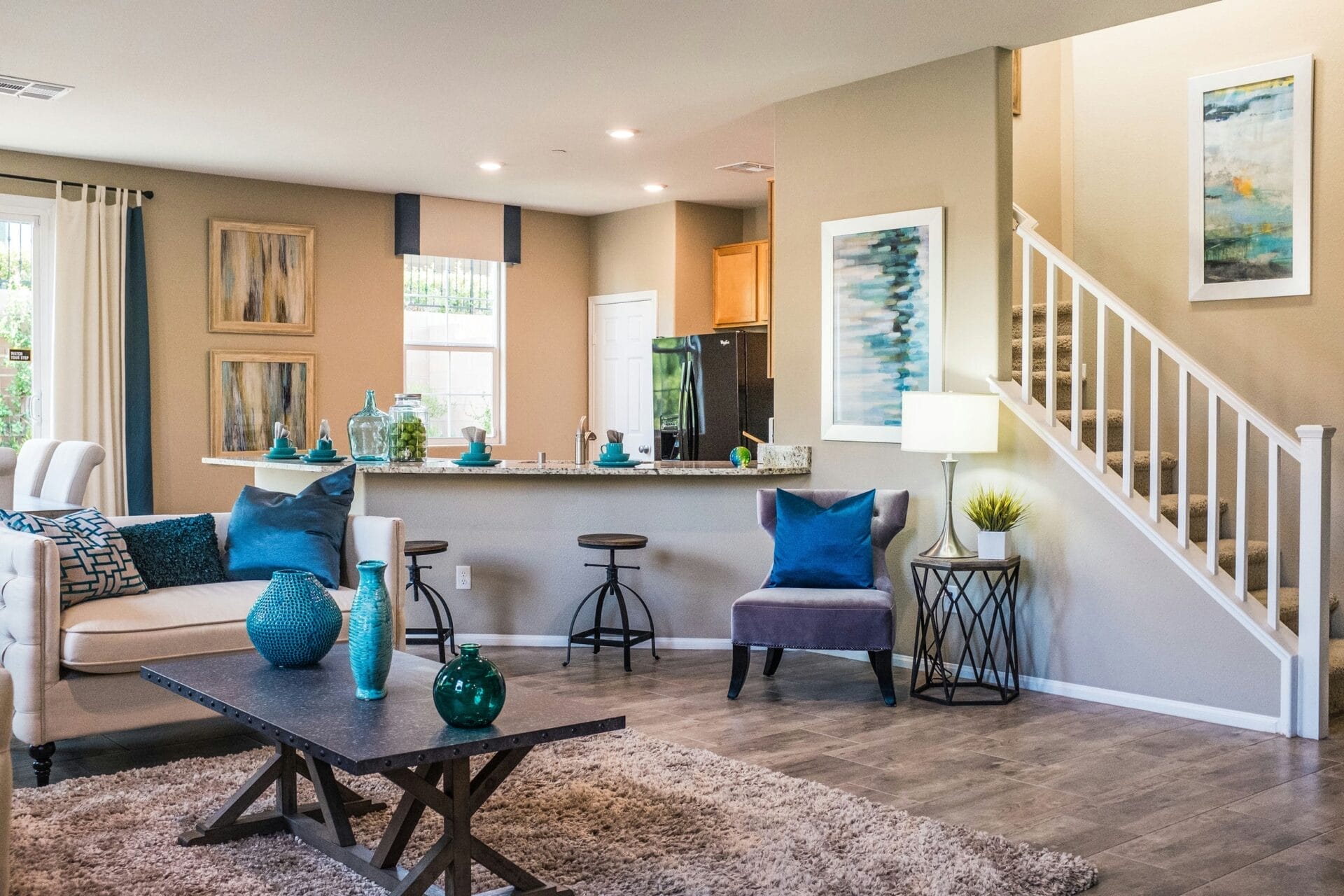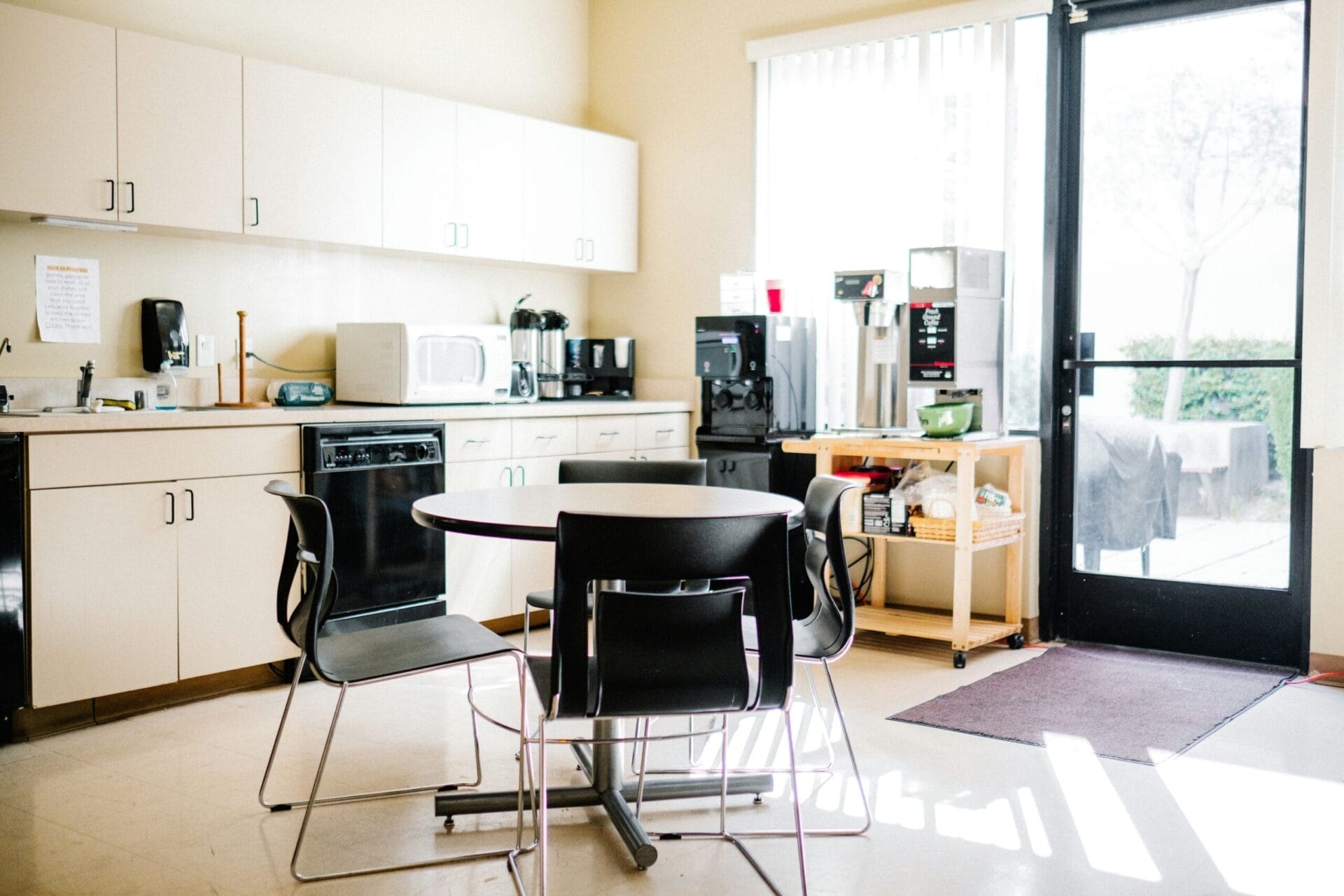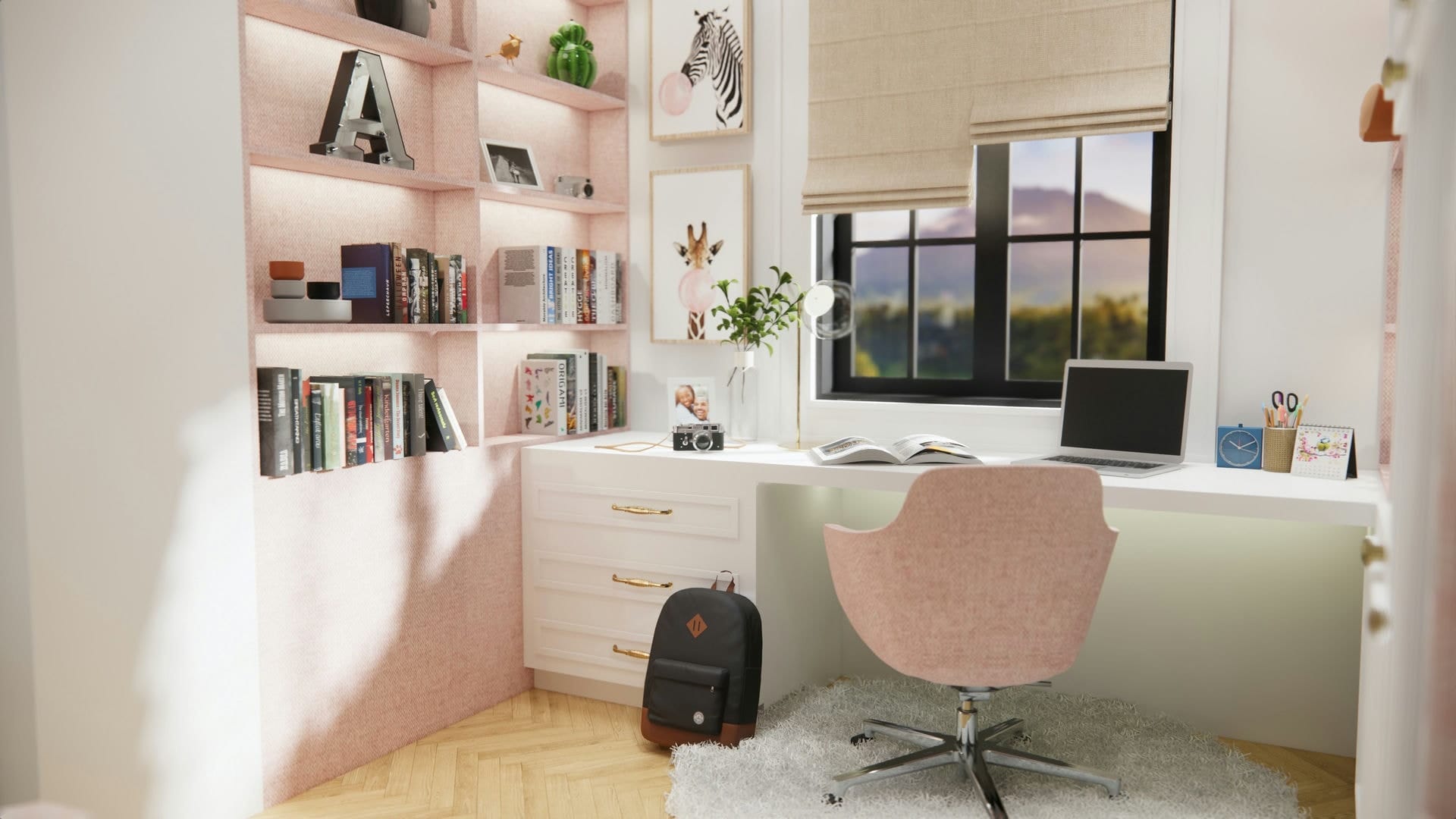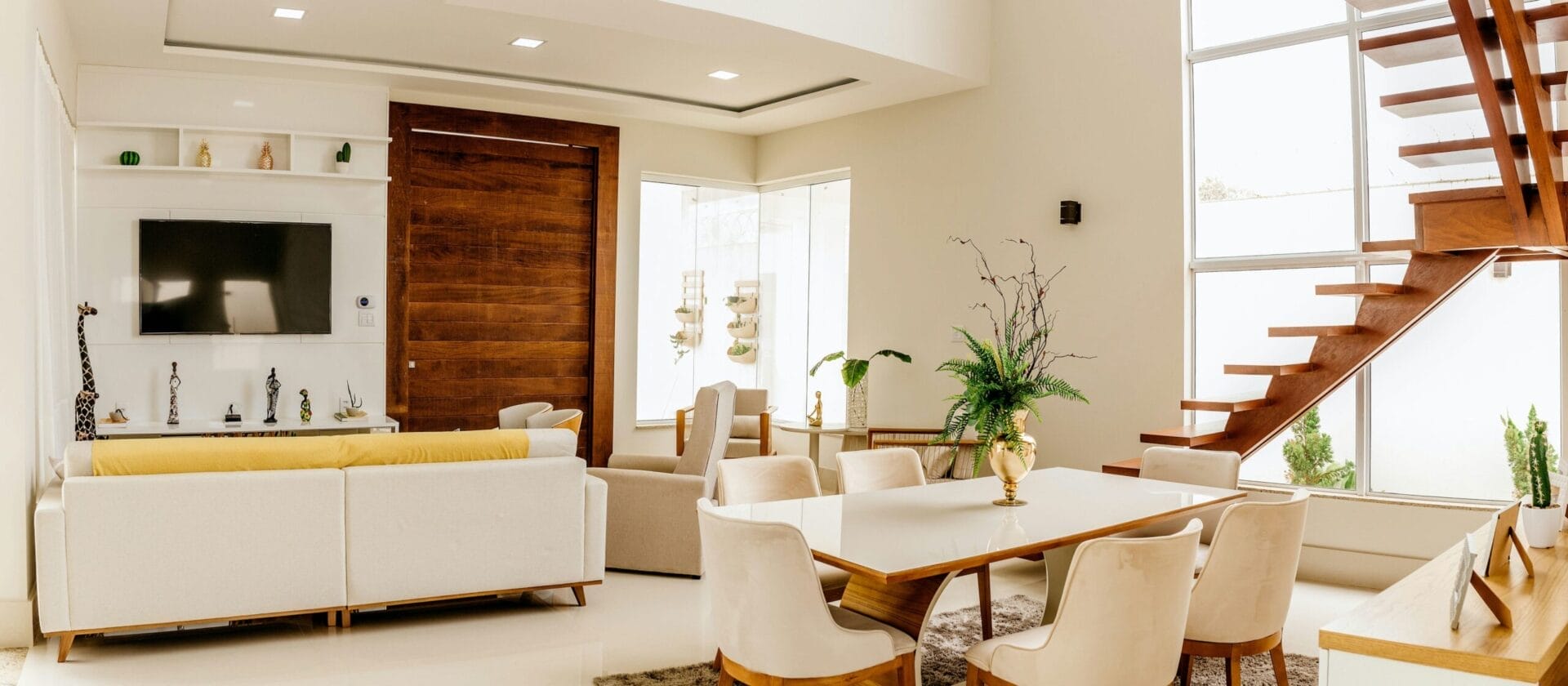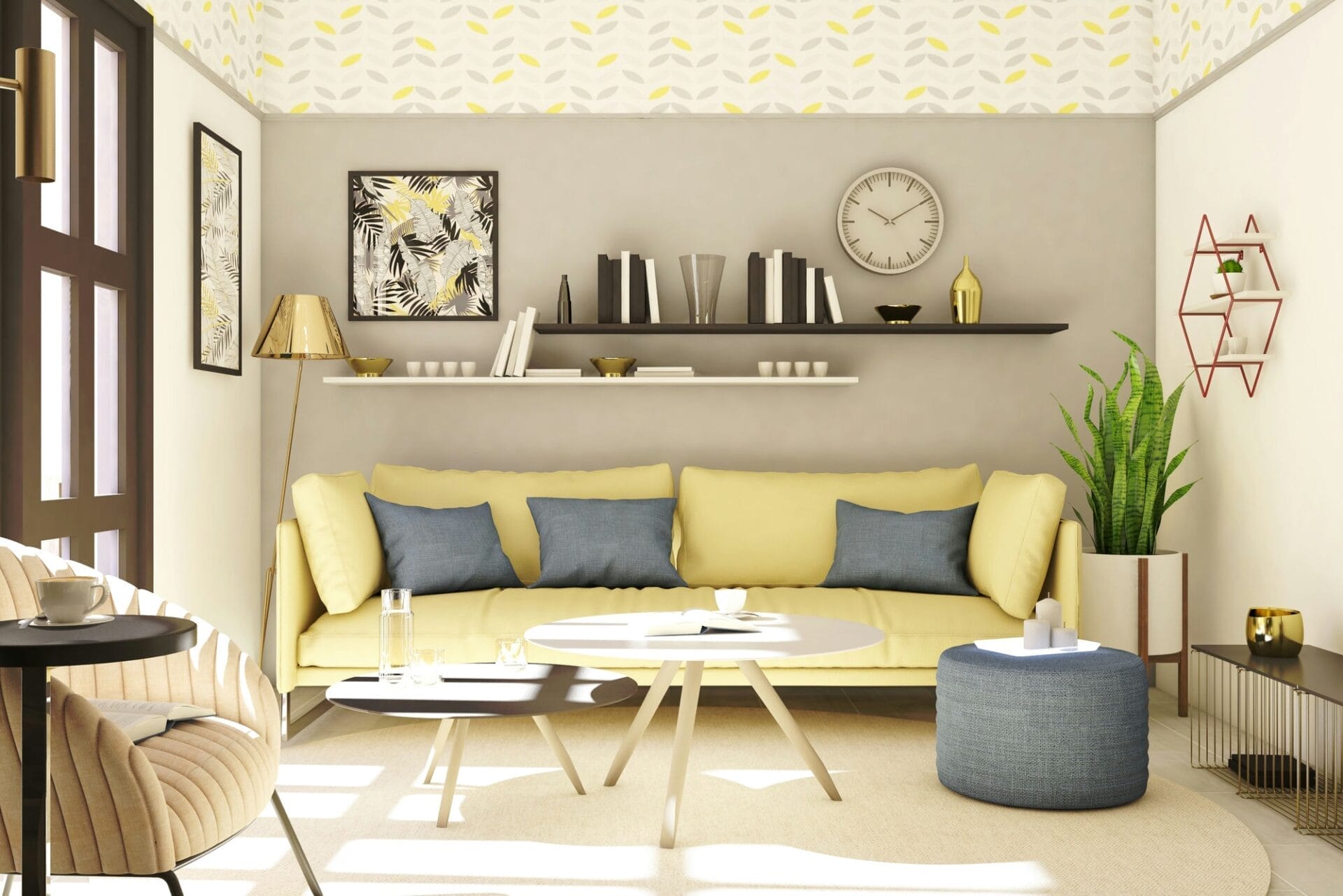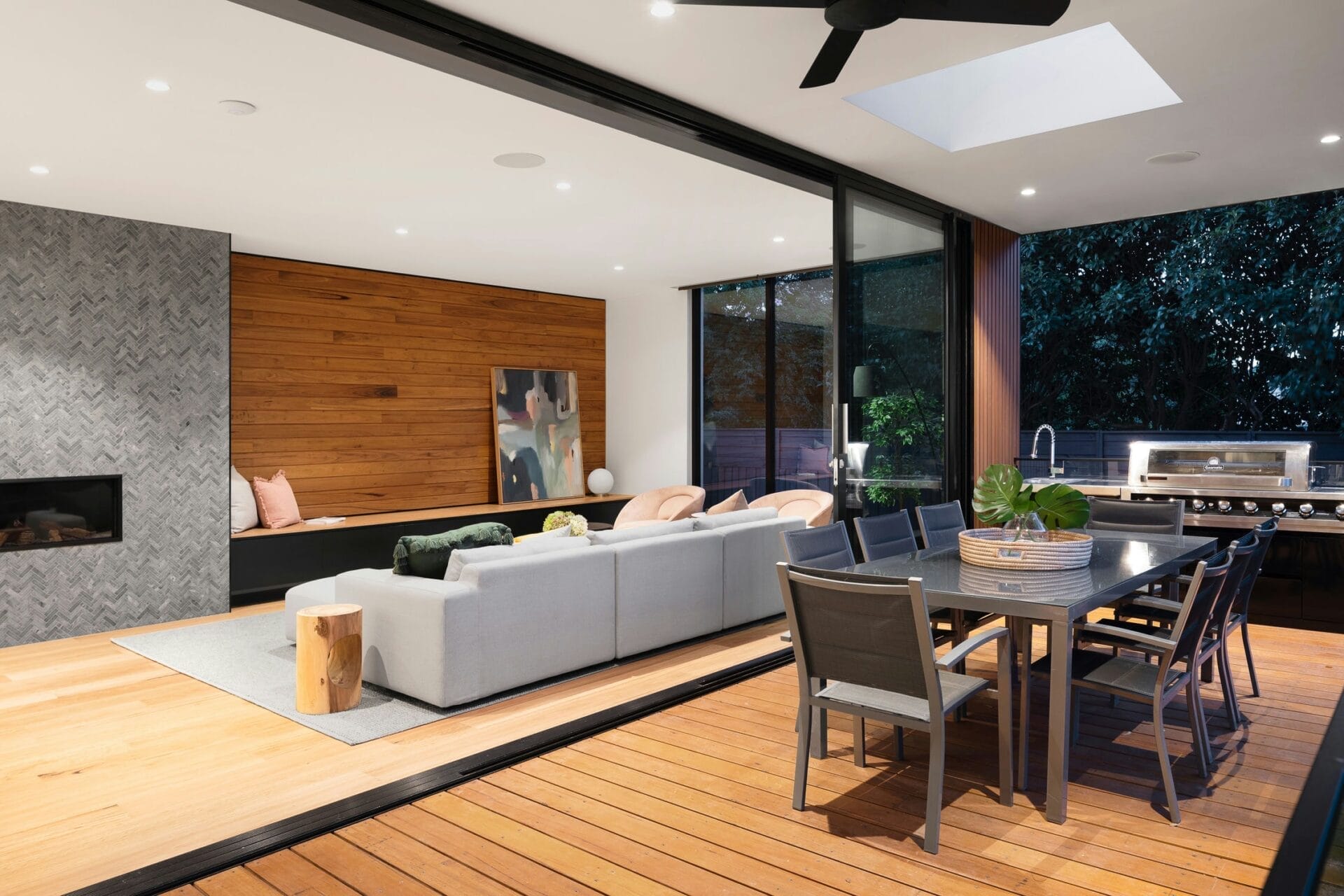Building Your Dream Home: A Guide to Budget-Friendly and Sustainable Construction on Your Own Land
1. Introduction
Welcome to the journey of building your dream home in Malaysia! Whether you’ve been saving up for this moment or are just starting to explore the idea, embarking on the adventure of constructing your own home on your own land is an exciting endeavor. In this article, we’ll guide you through the process of creating a budget-friendly and sustainable home that reflects your unique vision and values.
Setting the Stage
Picture this: a cozy home nestled in the lush greenery of Malaysia, designed to harmonize with its natural surroundings while providing comfort and functionality for you and your family. That’s the dream we’re striving to bring to life.
Why It Matters
Now, you might wonder why opting for a budget-friendly and sustainable approach is crucial. Well, besides being easier on your wallet, it’s also a way to minimize your environmental footprint and contribute to the well-being of our planet. Plus, with the rising costs of living, finding affordable housing solutions has become increasingly important for many Malaysians.
What to Expect
Throughout this article, we’ll delve into various aspects of the home-building process, from understanding the benefits of innovative construction methods to navigating the intricacies of obtaining permits and designing your dream home. By the end, you’ll be equipped with the knowledge and inspiration to embark on your home-building journey with confidence.
Table: Key Topics Covered in This Article
Here’s a quick overview of the topics we’ll be covering in detail:
| Topics |
|---|
| Benefits of IBS Home Construction |
| Navigating the Permit Process |
| Designing Your Dream Home |
| Specific Aspects of Construction |
| Financing Options |
| Implementing Sustainable Practices |
So, are you ready to turn your dream of homeownership into a reality? Let’s dive in and explore the wonderful world of building your dream home in Malaysia!
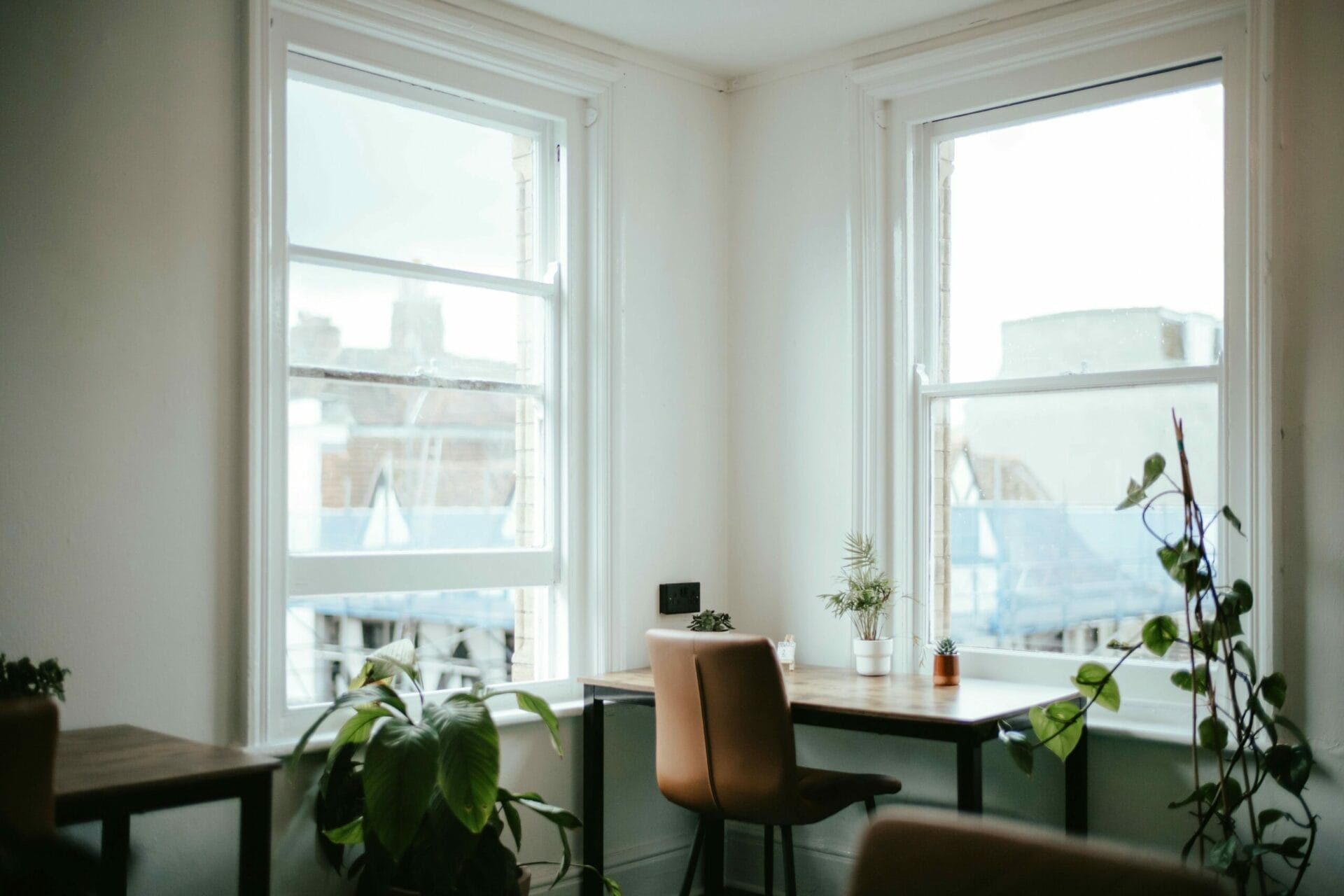
annie spratt 2pia6OAe5rA unsplash scaled
2. Understanding the Benefits of IBS Home Construction
Thinking of building a home in Malaysia? Ever heard of IBS? No, it’s not some new internet lingo; it stands for Industrialized Building System, and it’s revolutionizing the way homes are constructed. In this section, we’ll explore the remarkable benefits of IBS and why it’s gaining traction among homeowners and builders alike.
What is IBS?
IBS is not a new concept, but its adoption in Malaysia has been gaining momentum in recent years. Essentially, IBS involves the use of pre-fabricated components that are manufactured off-site and then assembled on-site. These components can include wall panels, floor slabs, beams, and columns, among others.
The Advantages of IBS
Now, let’s talk about why IBS is causing such a buzz in the construction industry:
1. Speedy Construction
With IBS, much of the construction work is done off-site in controlled factory conditions. This means that once the components are ready, they can be quickly assembled on-site, significantly reducing construction time.
2. Cost Efficiency
While initial investment in IBS components may be slightly higher, the overall cost savings come from reduced labor costs, shorter construction periods, and less material wastage. In the long run, this translates to cost-effective home construction.
3. Quality Assurance
Because IBS components are manufactured in a controlled environment, they undergo rigorous quality control measures. This results in higher-quality construction compared to traditional methods, with fewer defects and inconsistencies.
4. Environmental Sustainability
IBS promotes sustainability by reducing construction waste and minimizing environmental impact. Since the components are pre-fabricated to precise specifications, there’s less material wastage and pollution, making it a greener choice for home construction.
Table: Key Benefits of IBS Home Construction
Let’s summarize the advantages of IBS in a handy table:
| Benefits |
|---|
| Speedy Construction |
| Cost Efficiency |
| Quality Assurance |
| Environmental Sustainability |
In conclusion, IBS offers a myriad of benefits for homeowners in Malaysia, from faster construction times and cost savings to higher-quality, more sustainable homes. If you’re considering building your dream home, it’s worth exploring the potential of IBS technology to bring your vision to life efficiently and effectively.
3. Navigating the Permit Process for Private Land
So, you’ve found the perfect piece of land in Malaysia to build your dream home. Now what? Well, before you can start hammering away, you’ll need to navigate the sometimes daunting process of obtaining building permits for construction on private land. Don’t worry; we’re here to guide you through it.
Understanding the Permit Process
Obtaining building permits involves several steps, each essential for ensuring that your construction project complies with local regulations and safety standards. Here’s a breakdown of what to expect:
1. Preliminary Research
Before diving into the permit application process, it’s essential to do your homework. Research local building codes, zoning regulations, and permit requirements specific to your area in Malaysia. This will give you a clear understanding of what’s expected and help you avoid any surprises down the road.
2. Submitting Your Application
Once you’re familiar with the requirements, it’s time to submit your permit application. This typically involves filling out forms, providing detailed plans and specifications for your proposed construction, and paying any associated fees. Be sure to double-check that all required documents are included to avoid delays in processing.
3. Review and Approval
After submitting your application, it will undergo a review process by the relevant authorities. This may involve inspections of the proposed construction site and a thorough assessment of your plans to ensure compliance with building codes and regulations. If everything checks out, you’ll receive approval to proceed with your project.
4. Compliance and Inspections
Throughout the construction process, you’ll likely be subject to periodic inspections to ensure that the work is being carried out according to approved plans and standards. It’s essential to cooperate with inspectors and address any issues promptly to avoid delays or penalties.
Table: Key Steps in the Permit Process
Let’s summarize the steps involved in obtaining building permits in Malaysia:
| Steps |
|---|
| Preliminary Research |
| Submitting Your Application |
| Review and Approval |
| Compliance and Inspections |
In conclusion, while navigating the permit process for private land construction in Malaysia may seem daunting, it’s a necessary step to ensure the safety and legality of your project. By understanding the requirements and following the proper procedures, you’ll be well on your way to turning your dream home into a reality.

anne nygard AeVExe6gmEc unsplash scaled
4. Designing Your Dream Home: Tips and Considerations
Now that you’ve tackled the permit process and secured your piece of land in Malaysia, it’s time for the fun part: designing your dream home. From choosing the perfect layout to selecting materials and finishes, every decision you make will contribute to creating a space that reflects your personality and lifestyle. Let’s explore some essential tips and considerations for designing your dream home.
Crafting Your Vision
1. Define Your Needs and Wants
Start by making a list of your must-have features and preferences for your new home. Consider factors such as the number of bedrooms and bathrooms, desired layout, and any specific architectural styles or design elements you love.
2. Consider Functionality
Think about how you and your family will use the space on a daily basis. Are you avid cooks who need a spacious kitchen? Do you work from home and require a dedicated office space? Designing with functionality in mind will ensure that your home meets your practical needs as well as your aesthetic preferences.
Maximizing Space and Efficiency
1. Optimize Layout
Work with your architect or designer to create a layout that maximizes space and flow throughout your home. Consider factors such as natural light, ventilation, and views when positioning rooms and openings.
2. Embrace Multi-Functional Spaces
In smaller homes, multi-functional spaces can help maximize functionality without sacrificing square footage. Think about how rooms can serve multiple purposes, such as a guest bedroom doubling as a home office or a kitchen island that also functions as a dining table.
Selecting Sustainable Materials
1. Choose Eco-Friendly Materials
Consider using sustainable and environmentally friendly materials in your home construction. Look for options such as bamboo flooring, recycled glass countertops, and low-VOC paints to minimize your environmental footprint.
2. Prioritize Energy Efficiency
Invest in energy-efficient appliances, lighting, and HVAC systems to reduce your home’s energy consumption and lower utility bills. Incorporating features such as proper insulation and double-glazed windows can also help improve thermal comfort and indoor air quality.
Table: Key Tips for Designing Your Dream Home
Let’s summarize the essential tips and considerations for designing your dream home:
| Tips and Considerations |
|---|
| Define Your Needs and Wants |
| Consider Functionality |
| Optimize Layout |
| Embrace Multi-Functional Spaces |
| Choose Eco-Friendly Materials |
| Prioritize Energy Efficiency |
In conclusion, designing your dream home in Malaysia is an exciting opportunity to create a space that reflects your lifestyle, values, and aesthetic preferences. By carefully considering your needs, maximizing space and efficiency, and selecting sustainable materials, you can create a home that not only looks beautiful but also feels comfortable, functional, and environmentally conscious.
5. Exploring Specific Aspects of the Construction Process
Now that you have a clear vision for your dream home and have navigated the necessary permits, it’s time to delve into the specifics of the construction process. From laying the foundation to putting on the finishing touches, every step plays a crucial role in bringing your vision to life. Let’s explore some specific aspects of the construction process that you should be aware of as you embark on this exciting journey.
Breaking Ground: Laying the Foundation
1. Site Preparation
Before construction can begin, the construction site must be properly prepared. This may involve clearing vegetation, leveling the ground, and excavating trenches for utilities and foundations.
2. Foundation Construction
The foundation is the backbone of your home, providing stability and support for the structure above. Depending on factors such as soil conditions and local building codes, your foundation may be constructed using concrete slab, crawl space, or basement techniques.
Building Up: Framing and Structural Work
1. Framing
Once the foundation is in place, the framing process begins. This involves erecting the skeletal framework of the home, including walls, floors, and roof trusses. Framing is a critical stage that sets the stage for the rest of the construction process.
2. Structural Work
With the frame in place, attention turns to the structural elements of the home, such as installing plumbing, electrical, and HVAC systems. It’s essential to work with experienced professionals to ensure that these systems are installed correctly and meet all safety and regulatory requirements.
Adding Finishing Touches: Interior and Exterior Finishes
1. Interior Finishes
Interior finishes bring your home to life, adding warmth, style, and functionality to the space. This may include installing drywall, flooring, cabinetry, and fixtures, as well as painting and trim work.
2. Exterior Finishes
The exterior of your home is the first thing visitors see, so it’s essential to make a good impression. Exterior finishes may include siding, roofing, windows, doors, and landscaping, all of which contribute to the overall curb appeal and aesthetic of your home.
Table: Specific Aspects of the Construction Process
Let’s summarize the specific aspects of the construction process:
| Construction Process |
|---|
| Site Preparation |
| Foundation Construction |
| Framing |
| Structural Work |
| Interior Finishes |
| Exterior Finishes |
In conclusion, the construction process is a complex yet rewarding journey that requires careful planning, attention to detail, and skilled craftsmanship. By understanding the specific aspects of the construction process, you’ll be better prepared to navigate each stage and ensure that your dream home is built to the highest standards of quality and craftsmanship.

anna oj4a6AMiFg unsplash
6. Financing Options for Budget-Friendly Construction
Congratulations! You’re well on your way to building your dream home in Malaysia. Now comes the important question: How will you finance your construction project? Don’t worry; we’re here to help you explore the various financing options available to make your dream home a reality without breaking the bank.
Traditional Mortgage Options
1. Home Construction Loans
Home construction loans are a common financing option for individuals building a new home. These loans typically provide funds in stages as construction progresses and are often converted into a traditional mortgage once the home is completed.
2. Home Equity Loans or Lines of Credit
If you already own a home and have built up equity, you may be able to tap into that equity to finance your construction project. Home equity loans or lines of credit allow you to borrow against the value of your home to fund your construction costs.
Alternative Financing Methods
1. Personal Loans
Personal loans can be another option for financing your construction project, especially for smaller-scale projects or renovations. These loans typically have higher interest rates than traditional mortgages but may offer more flexibility in terms of borrowing amounts and repayment terms.
2. Construction-to-Permanent Loans
Construction-to-permanent loans combine the features of a construction loan and a traditional mortgage into a single loan package. This type of financing allows you to secure funding for both the construction phase and the long-term financing of your completed home.
Table: Financing Options for Budget-Friendly Construction
Let’s summarize the financing options available for budget-friendly construction:
| Financing Options |
|---|
| Home Construction Loans |
| Home Equity Loans or Lines of Credit |
| Personal Loans |
| Construction-to-Permanent Loans |
In conclusion, there are several financing options available to help you build your dream home in Malaysia without breaking the bank. Whether you opt for a traditional mortgage, tap into your home equity, or explore alternative financing methods, the key is to find the option that best fits your budget and financial goals. With the right financing in place, you’ll be one step closer to turning your dream home into a reality.
7. Implementing Sustainable Building Practices
As you embark on the journey of building your dream home in Malaysia, consider the opportunity to implement sustainable building practices. Not only can these practices help reduce your environmental impact, but they can also save you money in the long run and create a healthier, more comfortable living environment for you and your family. Let’s explore some sustainable building practices that you can incorporate into your home construction project.
Choosing Eco-Friendly Materials
1. Sustainable Wood Products
Opt for sustainably sourced wood products certified by organizations such as the Forest Stewardship Council (FSC). These products come from responsibly managed forests and help preserve valuable natural resources.
2. Recycled and Recyclable Materials
Look for building materials made from recycled or recyclable materials, such as recycled glass countertops, reclaimed wood flooring, and recycled metal roofing. Not only are these materials environmentally friendly, but they also add unique character and charm to your home.
Prioritizing Energy Efficiency
1. Energy-Efficient Appliances and Fixtures
Invest in energy-efficient appliances, lighting fixtures, and plumbing fixtures to reduce your home’s energy consumption and utility bills. Look for products with the ENERGY STAR label, which meet strict energy efficiency guidelines set by the U.S. Environmental Protection Agency.
2. Proper Insulation and Air Sealing
Ensure that your home is well-insulated and properly sealed to prevent energy loss and improve thermal comfort. Proper insulation and air sealing can help regulate indoor temperatures, reduce heating and cooling costs, and enhance indoor air quality.
Incorporating Renewable Energy Sources
1. Solar Panels
Consider installing solar panels on your roof to harness the power of the sun and generate clean, renewable energy for your home. Solar panels can help offset your electricity consumption and reduce your reliance on fossil fuels, leading to long-term cost savings and environmental benefits.
2. Passive Solar Design
Incorporate passive solar design principles into your home’s layout and orientation to maximize natural light and heat gain during the winter months while minimizing heat gain during the summer months. Features such as large south-facing windows, thermal mass, and shading devices can help optimize energy efficiency and comfort.
Table: Sustainable Building Practices
Let’s summarize the sustainable building practices you can implement in your home construction project:
| Sustainable Practices |
|---|
| Sustainable Wood Products |
| Recycled and Recyclable Materials |
| Energy-Efficient Appliances and Fixtures |
| Proper Insulation and Air Sealing |
| Solar Panels |
| Passive Solar Design |
In conclusion, incorporating sustainable building practices into your home construction project in Malaysia is not only environmentally responsible but also economically savvy. By choosing eco-friendly materials, prioritizing energy efficiency, and incorporating renewable energy sources, you can create a home that is both comfortable and sustainable for years to come.

anna sullivan FKZsWsFiNDs unsplash
8. Conclusion: Building Your Sustainable Dream Home
Congratulations! You’ve reached the end of our guide to building your dream home in Malaysia, and what a journey it’s been. From navigating the permit process to exploring sustainable building practices, you’re now equipped with the knowledge and inspiration to turn your dream of homeownership into a reality. Let’s recap some key takeaways from our discussion and look ahead to the exciting adventure that lies ahead.
Recap of Key Points
1. Budget-Friendly Construction
We’ve discussed various strategies for keeping your construction project within budget, from exploring financing options to implementing cost-effective building practices like IBS technology.
2. Sustainable Building Practices
We’ve highlighted the importance of incorporating sustainable building practices into your construction project, such as choosing eco-friendly materials, prioritizing energy efficiency, and harnessing renewable energy sources like solar power.
3. Designing Your Dream Home
We’ve explored tips and considerations for designing a home that reflects your lifestyle, values, and aesthetic preferences, from defining your needs and wants to maximizing space and efficiency.
Looking Ahead
As you embark on the journey of building your dream home in Malaysia, remember that it’s not just about creating a physical structure; it’s about creating a space that brings joy, comfort, and security to you and your loved ones. Whether you’re building a cozy cottage in the countryside or a modern masterpiece in the city, the possibilities are endless.
Table: Key Takeaways
Let’s summarize the key takeaways from our guide to building your sustainable dream home:
| Key Takeaways |
|---|
| Budget-Friendly Construction |
| Sustainable Building Practices |
| Designing Your Dream Home |
In conclusion, building your dream home in Malaysia is an exciting adventure that requires careful planning, creativity, and dedication. By incorporating budget-friendly construction techniques and sustainable building practices, you can create a home that not only meets your needs and desires but also contributes to a greener, more sustainable future for generations to come. So go ahead, take the first step, and turn your dream of homeownership into a reality. Happy building!



